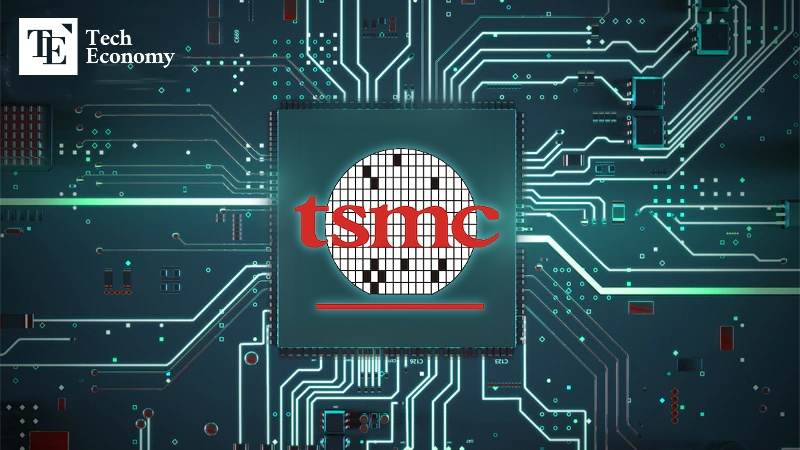Samsung Electronics absorbs 2nm demand from Nvidia and Qualcomm — Can it narrow the gap with TSMC?
Input
Changed
Samsung Electronics evaluating 2nm process performance with Nvidia and Qualcomm TSMC still holds the advantage in 2nm competitiveness Foreign media: 'Samsung needs at least 70% yield to be competitive’

Samsung Electronics’ foundry (semiconductor contract manufacturing) division is reportedly conducting process evaluations with companies like Nvidia and Qualcomm to secure orders for its 2-nanometer (nm; one-billionth of a meter) process. While competitor TSMC of Taiwan has the upper hand in the 2nm race thanks to stable yield rates, Samsung is gradually expanding its market presence by absorbing customer demand for diversified manufacturing sources.
Why Are Qualcomm and Nvidia Considering Samsung's 2nm?
According to industry sources on May 15, Samsung Foundry is about to enter the final stage of performance evaluation for its 2nm process for Nvidia’s GPUs and Qualcomm’s application processors (APs). Until recently, Samsung had focused primarily on producing its in-house AP, the Exynos 2600, but is now actively moving to diversify its customer base.
Currently, both Qualcomm and Nvidia are also working with TSMC, the world’s top foundry player, on 2nm process collaborations. The evaluation with Samsung can be seen as part of a strategy to diversify their foundry suppliers. One industry insider noted, “Given the escalating geopolitical risks in the Taiwan Strait, global tech giants can no longer rely solely on TSMC for manufacturing,” adding that “they seem to be boldly betting on Samsung’s potential to improve its 2nm yield to mitigate supply chain instability.”
The high cost of TSMC wafers is also a factor prompting Nvidia and Qualcomm to consider Samsung as an alternative. According to tech outlet The Elec, TSMC’s 2nm wafers are priced up to $30,000 (approx. KRW 42 million) each—about 50% more expensive than those made using the 3nm process.

TSMC’s 2nm Confidence
Nonetheless, in terms of technological maturity and market influence, TSMC still holds the lead. According to Taiwan’s Commercial Times, TSMC has already secured numerous 2nm customers including Nvidia, Qualcomm, Apple, AMD, Broadcom, and MediaTek—all of whom previously used TSMC’s 3nm process.
The outlet also reported that the average defect rate per wafer area for TSMC’s upcoming 2nm production (set to begin in the second half of this year) is now on par with that of the 5nm process and even better than in the pre-production phase of 3nm. This defect rate is one of the key metrics used to assess foundry yield, which directly affects productivity and cost competitiveness. TSMC’s current 2nm yield is believed to exceed the “mass production threshold” of 60%.
The report also listed several products expected to be manufactured with TSMC’s 2nm process: Apple’s A-series processors for the iPhone 18, AMD’s next-generation server CPUs, Nvidia’s upcoming “Rubin” AI chips, and Intel’s high-performance APs. TSMC CEO C.C. Wei has repeatedly emphasized the unprecedented level of customer demand for 2nm foundry services, expressing strong confidence in public forums.
Is Samsung’s Plan to Catch Up with TSMC Realistic?
Experts say Samsung must focus heavily on improving its yield rates to realistically compete with TSMC. In March, Omar Sohail, a journalist from tech site Wccftech, reported that test production of the Exynos 2600 on Samsung’s 2nm Gate-All-Around (GAA) process had a yield of only about 30%. He stressed that mass wafer production hinges on Samsung’s ability to raise yield to “an acceptable level.”
He also noted that in order to start receiving customer orders for the 2nm GAA node, Samsung would need to reach a yield of at least 70%—a figure that surpasses TSMC’s current yield. GAA is an advanced transistor architecture that enhances performance and reduces power consumption. Samsung first introduced it in its 3nm process and has since refined it for its 2nm development. In effect, the success of GAA is key to Samsung’s ability to deliver high-performance and high-yield 2nm chips.
Wccftech predicted that the design of the 2nm GAA node must be finalized by Q3 of this year for the Exynos 2600 to be applied in the upcoming Galaxy S26 series. The report also pointed out, “Samsung had an edge over TSMC when it first officially announced its first-generation 3nm GAA process back in 2022,” but added, “However, there’s also a real risk that history could repeat itself, with Samsung eventually falling behind TSMC again.”
Considering the precedent set during the 3nm race, many analysts believe that overtaking TSMC in the 2nm space will be no easy feat for Samsung.





















